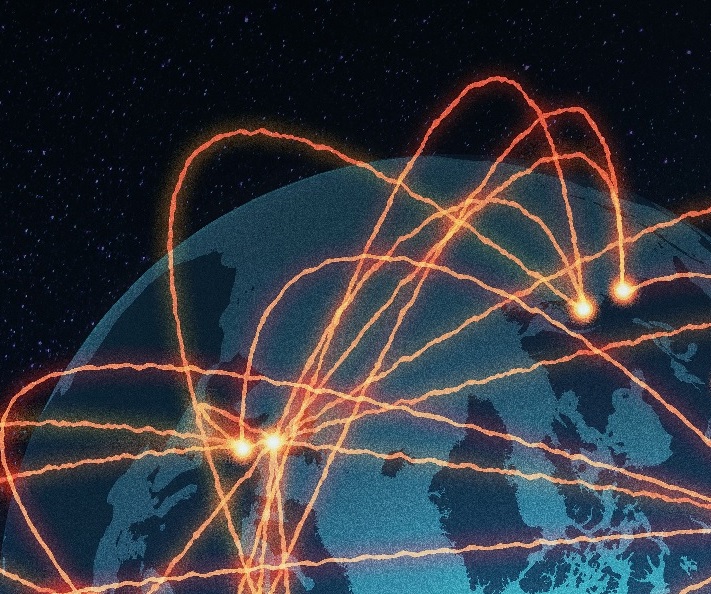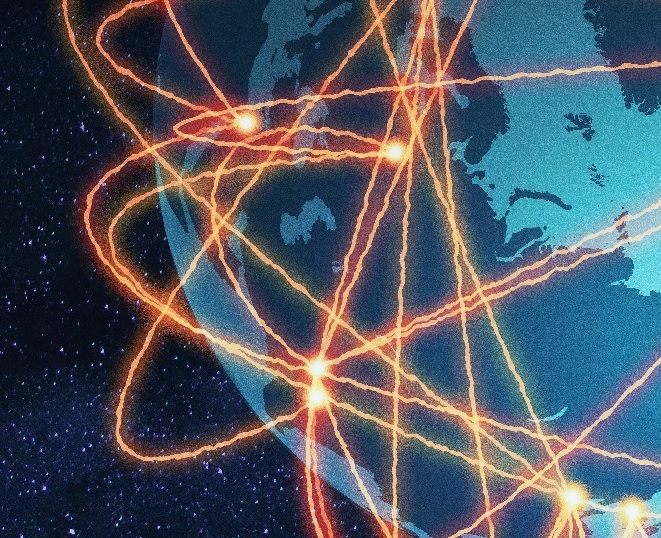Daily Report Archives
Established in December 1993, the Nautilus Institute’s *N*ortheast *A*sia *P*eace and *S*ecurity *N*etwork (NAPSNet) Daily Report served thousands of readers in more than forty countries, including policy makers, diplomats, aid organizations, scholars, donors, activists, students, and journalists.
The NAPSNet Daily Report aimed to serve a community of practitioners engaged in solving the complex security and sustainability issues in the region, especially those posed by the DPRK’s nuclear weapons program and the threat of nuclear war in the region. It was distributed by email rom 1993-1997, and went on-line in December 1997, which is when the archive on this site begins. The format at that time can be seen here.
However, for multiple reasons—the rise of instantaneous news services, the evolution of the North Korea and nuclear issues, the increasing demand for specialized and synthetic analysis of these and related issues, and the decline in donor support for NAPSNet—the Institute stopped producing the Daily Report news summary service as of December 17, 2010.

PAUL K. DAVIS OCTOBER 24, 2019 I. INTRODUCTION In this essay, Paul Davis suggest that US NC3 modernization “should place increased emphasis on assuring control, avoiding accidents, and avoiding ill-informed or unwise employment of nuclear weapons.” Paul K. Davis is a senior principal researcher, retired adjunct (RAND). Dr. Davis was a senior executive in […]
Go to the article

DARYL G. PRESS OCTOBER 17 2019 I. INTRODUCTION In this essay Daryl Press focuses on the growing threats to nuclear command and control and communication (NC3) systems around the world and the links between vulnerable NC3 and strategic instability due to the risky steps that nuclear weapons states may adopt to protect their arsenals during […]
Go to the article

AVNER COHEN OCTOBER 11 2019 I. INTRODUCTION In this essay, Avner Cohen traces and exposes Israel’s two most fundamental principles of the Israeli NC3 thinking: first, insisting on strict physical and organizational separation between nuclear (e.g., pits) and non-nuclear assets (e.g., military delivery platform); second, creating a two-tier governance architecture at various levels. Avner Cohen […]
Go to the article

MASON WILLRICH OCTOBER 3, 2019 I. INTRODUCTION In this essay, Mason Willrich suggests that there are important lessons for NC3 operators in how electric power utilities control their grids, and especially, how they ensure that interconnections with adjacent grids are maintained continuously in spite of the potentially catastrophic risks of grid failure arising from instability […]
Go to the article

FEROZ HASSAN KHAN SEPTEMBER 26, 2019 I. INTRODUCTION In this essay, Feroz Hassan Khan describes the unique challenges faced by Pakistan’s NC3 given “the volatile nature of national and security situations, compounded by evolving military doctrines warranting sudden transition from peace to crises to war management.” Pakistan, he notes, “is grappling with the pace […]
Go to the article

VIPIN NARANG SEPTEMBER 19, 2019 I. INTRODUCTION In this essay, Vipin Narang argues that eventually “all states delegate—that is, cede the ability to use nuclear weapons, irrespective of the authority to do so—at some point. The question is when.” Vipin Narang is an Associate Professor of Political Science at MIT and a member of MIT’s Security Studies Program. A podcast […]
Go to the article

JOHN GOWER SEPTEMBER 12, 2019 I. INTRODUCTION In this essay, John Gower states that the UK Nuclear Weapon Command Control and Communications (UK NC3) architecture is designed and operated to support SSBN strategic nuclear deterrence in all foreseeable circumstances from peacetime to nuclear conflict. “Through multiple paths and frequencies, fall-back and alternative systems and […]
Go to the article

ELSA B. KANIA SEPTEMBER 5, 2019 I. INTRODUCTION In this essay, Elsa Kania assesses how emerging technologie…
Go to the article

GARY A. ACKERMAN AUGUST 29, 2019 I. INTRODUCTION In this essay, Gary Ackerman introduces how violent non-state actors (VSNAs) may approach the command and control of nuclear weapons. He suggests that understanding the complexity presented by VNSA NC3 entails considering “traditional concepts of state NC3 (such as the always/never dilemma) and dynamics that are […]
Go to the article

JEFFREY LARSEN AUGUST 22, 2019 I. INTRODUCTION In this essay, Jeffrey Larsen reviews the legacy NC3 system of the United States now in the midst of a sea-change. He concludes: “The need to ensure robust existing capabilities for the current system, plus the desire to create a new system that is more than a […]
Go to the article











